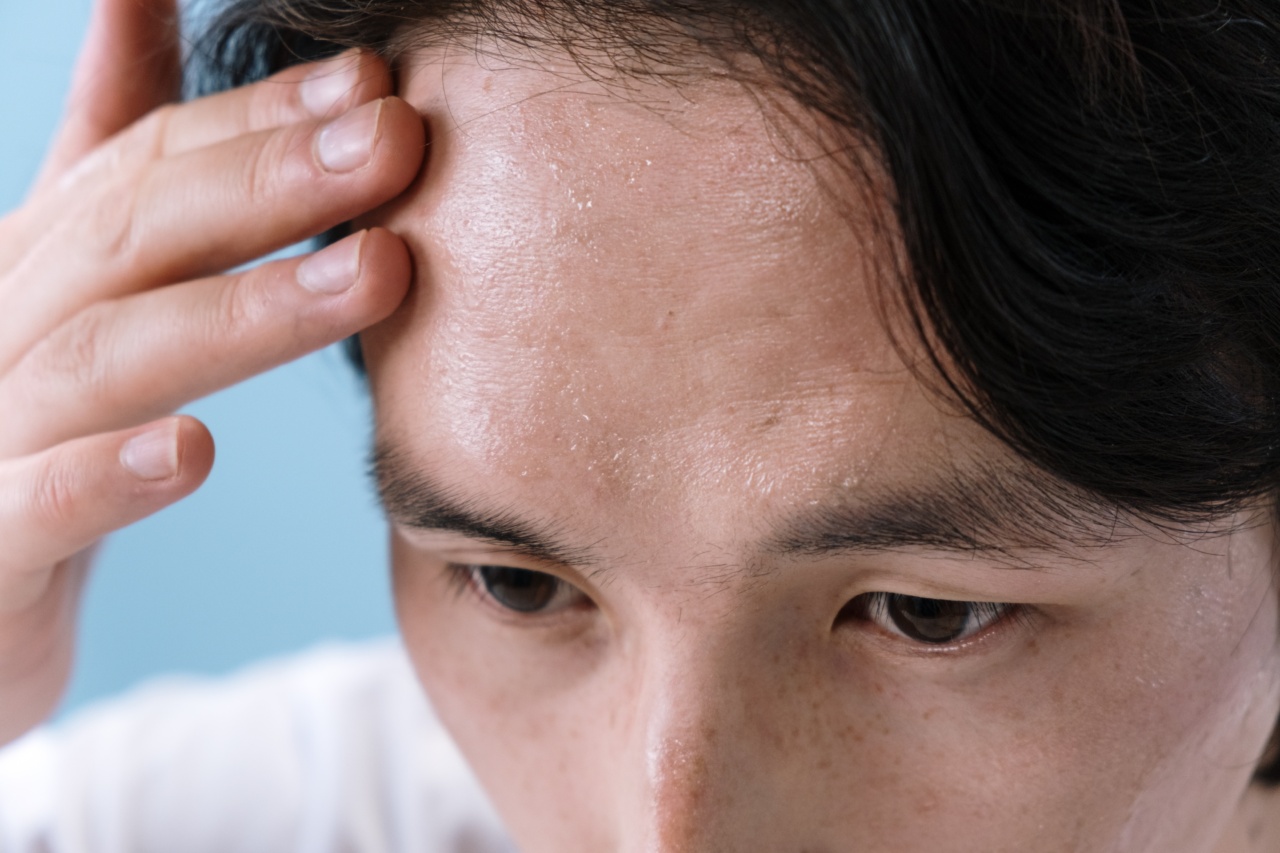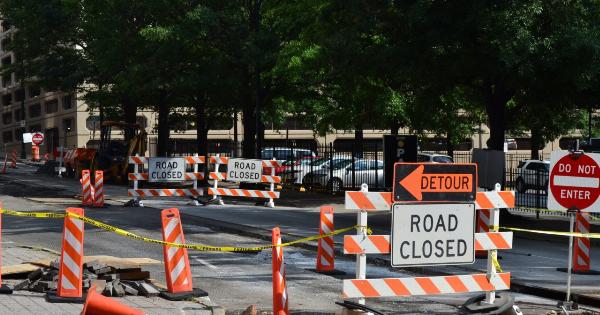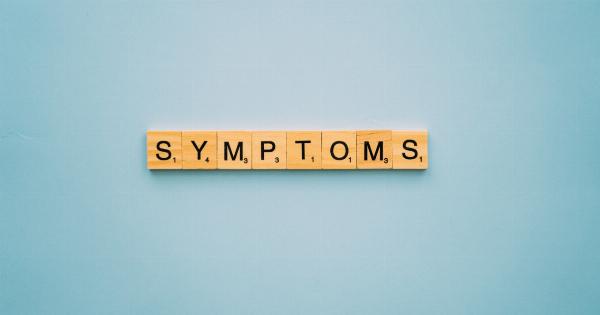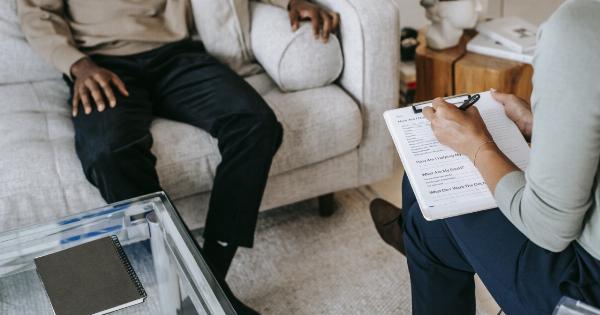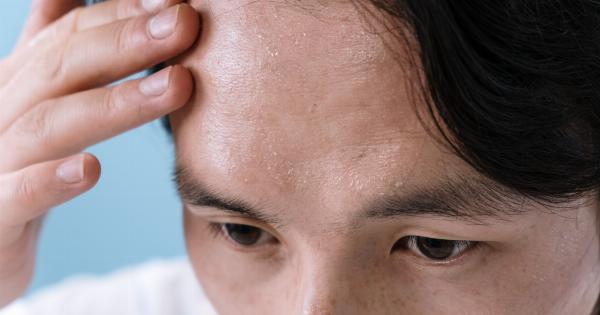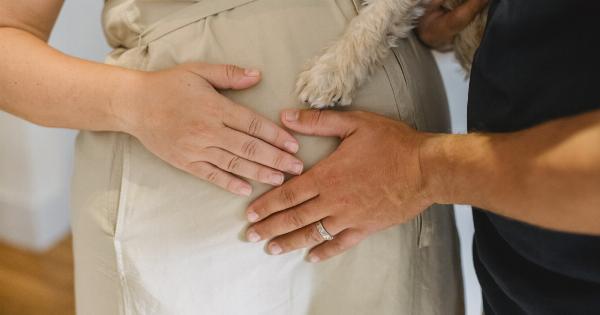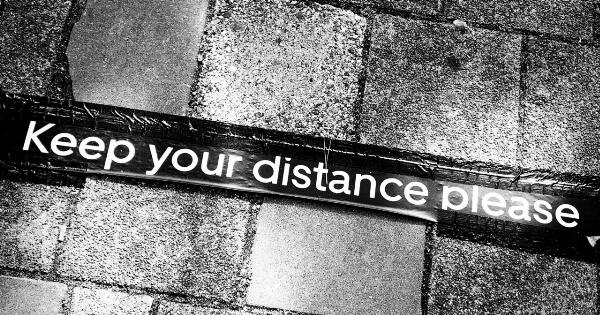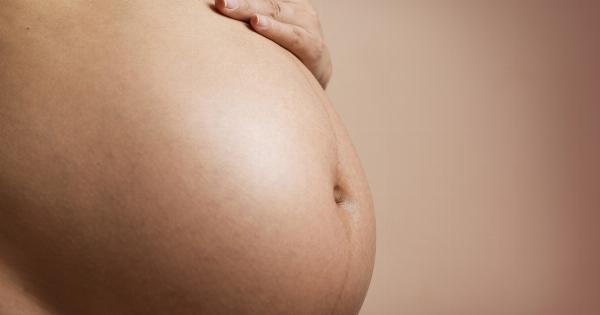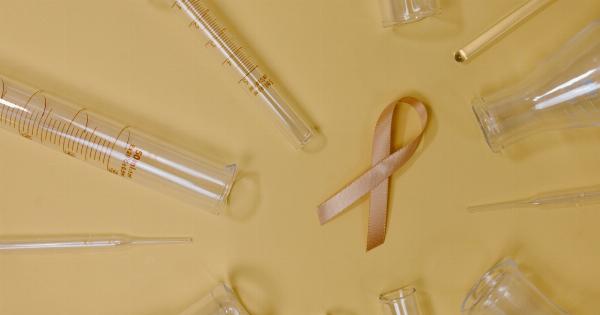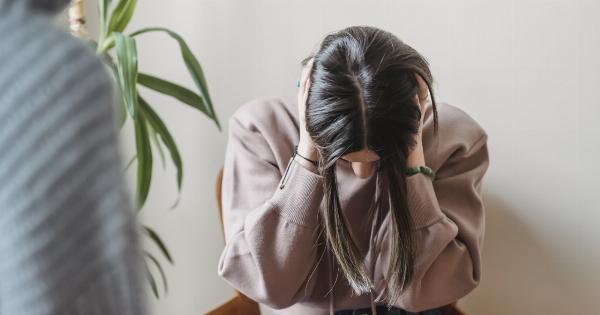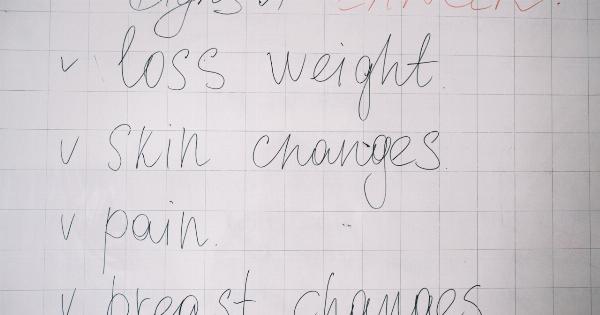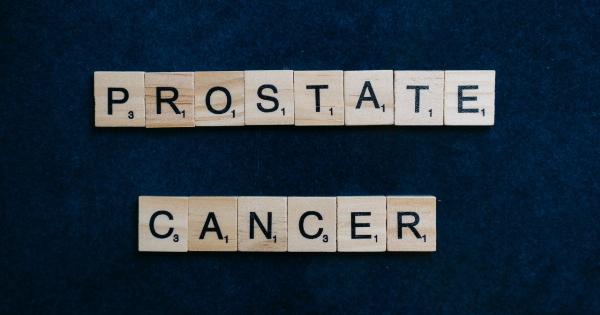The ovaries are an essential part of the female reproductive system. They are responsible for producing eggs and hormones, such as estrogen and progesterone. Each month, a small, fluid-filled sac called a follicle develops in the ovaries.
This follicle contains an immature egg that, when mature, will be released during ovulation. However, sometimes the follicle can burst, which can cause various symptoms and discomfort for women. In this article, we will explore the symptoms of a burst ovarian follicle and how to manage them.
1. Sharp or Sudden Pelvic Pain
One of the most common symptoms of a burst ovarian follicle is sharp or sudden pelvic pain. This pain is often localized on one side of the lower abdomen, depending on which ovary the follicle burst from.
The pain can range from mild to severe and may last for a few hours to a couple of days. Some women compare the pain to a sharp stabbing sensation.
2. Abdominal Bloating or Discomfort
Bloating or discomfort in the abdominal region is another symptom that may occur when an ovarian follicle bursts. The increased fluid and blood released during the rupture can cause the abdomen to feel bloated or swollen.
Some women also report a sense of fullness or pressure in their lower abdomen.
3. Light Vaginal Bleeding
Vaginal bleeding or spotting may occur as a result of a burst ovarian follicle. This bleeding is typically very light and may appear as a few drops of blood or pinkish discharge.
It is usually not as heavy as menstrual bleeding and may last for a day or two.
4. Painful Intercourse
Some women may experience pain or discomfort during sexual intercourse when they have a burst ovarian follicle. The pelvic pain and sensitivity caused by the rupture can make intercourse painful or uncomfortable.
If this symptom persists or worsens, it is important to consult a healthcare professional for further evaluation and guidance.
5. Nausea or Vomiting
In some cases, women may experience nausea or even vomiting when an ovarian follicle bursts. The release of fluid and blood into the abdominal cavity can cause irritation and lead to these symptoms.
If the nausea or vomiting is severe or accompanied by other concerning symptoms, medical attention should be sought.
6. Changes in Menstrual Cycle
A burst ovarian follicle can disrupt the normal menstrual cycle for some women. They may experience irregular periods or changes in the pattern of their menstrual flow.
Some may also experience a delay in their period, while others may have an earlier or heavier flow than usual. These changes typically resolve on their own after a few cycles.
7. Low-grade Fever
Following the rupture of an ovarian follicle, some women may experience a mild elevation in body temperature. This is known as a low-grade fever and is usually a result of the body’s natural inflammatory response.
The fever is generally low in intensity and subsides within a day or two.
8. Dull or Aching Pelvic Pain
In addition to sharp pain, some women may experience dull or aching pelvic pain after an ovarian follicle bursts. This pain can persist for a few days and may be accompanied by a general feeling of discomfort.
Applying heat to the abdominal area or taking over-the-counter pain medications can help alleviate the pain.
9. Frequent Urination
Increased frequency of urination is another possible symptom of a burst ovarian follicle. The release of fluid into the pelvic area can put pressure on the bladder, causing a sense of urgency or more frequent trips to the bathroom.
This symptom usually resolves within a day or two.
10. Ovarian Cyst Formation
In some cases, a burst ovarian follicle can lead to the formation of an ovarian cyst. This can occur when the empty follicle fails to properly collapse after releasing the egg.
The cyst may cause additional symptoms, such as persistent pelvic pain, changes in menstrual cycle, or abdominal bloating. If you suspect the presence of an ovarian cyst, it is important to consult a healthcare professional for proper evaluation and management.
Conclusion
While a burst ovarian follicle can be uncomfortable and may cause distressing symptoms for some women, it is generally not a cause for major concern. Most symptoms associated with a burst follicle resolve on their own within a few days.
However, if the pain is severe, accompanied by heavy bleeding or other concerning symptoms, medical attention should be sought. It is always important to listen to your body and consult a healthcare professional for proper evaluation and guidance.
